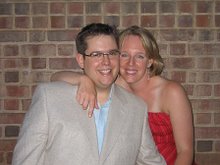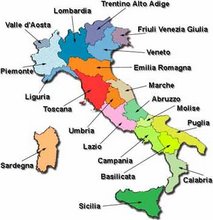 A Brief History
A Brief HistorySiena is one of Italy's most enchanting cities. While Florence, its historical rival, saw its greatest flourishing during the Renaissance, Siena's artistic glories are earlier and Gothic. According to legend, Siena was founded by Senius, the son of Remus. Siena however, like many other Tuscan hill towns, was first settled by the Etruscans (c. 900 BC-400 BC) at which time it was inhabited by a tribe called Saina. It was not, however, until the 1st century BC when the Romans under Emperor Augustus established a military colony in the are of present day Siena called Saena Julia. Siena did not prosper under Roman rule. It was not located near any major roads and therefore was not active in trade. Its insular status meant that Christianity did not penetrate until the 4th century AD.
In the 12th century, Siena's wealth, size, and power grew along with its involvement in commerce and trade. Siena became a major centre of money and an important player in the wool trade. Siena's rivalry with neighboring Florence also grew leading to numerous wars between the first half of the 13th century between Guelph Florence and Ghibelline Siena. During this time, Siena was ruled by the Council of Nine (a bourgeois group that constantly bickered with the aristocracy) and enjoyed its greatest prosperity. It was the Council that directed the construction of the buildings in the Sienese Gothic style that give the city its striking appearance today, including the cathedral, the Palazzo Comunale, and Il Campo.
A plague outbreak in 1348 killed two-thirds of the city's 100,000 inhabitants and led the city to a period of decline. At the end of the 14th centure, Siena came under control of Milan's Visconti family, followed in the next century by the autocratic patrician Pandolfo Petrucci, who ultimately handed the city over to Cosimo I de'Medici, who barred the inhabitants of Siena from operating banks, thus severly curtailing Siena's power.
Today Siena relies on tourism for its prosperity and the success of its Monte dei Paschi di Siena bank, founded in 1472 and now one of the city's largest employers. In 1966 Siena was the first European city to banish motor traffic from its centre.
The city of Siena is a UNESCO World Heritage Site.
Orientation
Siena is a very compact city. It is built on three ridges that radiate out from the Piazza del Campo: Terzo di San Martino, Terzo di Citta, and Terzo di Camollia. Each ridge, thus forms on of the three terzi, or thirds, into which the city is divided. The whole of the historic city is surrounded by its medieval walls punctuated by eight original city gates.
Terzo di San Martino
Southeast of the Campo, Terzo di San Martino is characterized by its Renaissance buildings. This is also the city's university area.
Terzo di Citta
Via di Citta snakes away from the campo into this, the oldest of the terzi. This area is a tightly meshed labyrinth of backstreets and lanes (vicoli) and contains the Duomo and Palazzo Publico.
Terzo di Camollia
This terzo covers the area north of the campo and contains both the oldest and the newest buildings in the city. The western part of the terzo is dominated by the forbidding Medici fortress (its enoteca-Enoteca Italiana-is now a lure of wine lovers), a stretch of public gardens, and the modern football stadium.








No comments:
Post a Comment